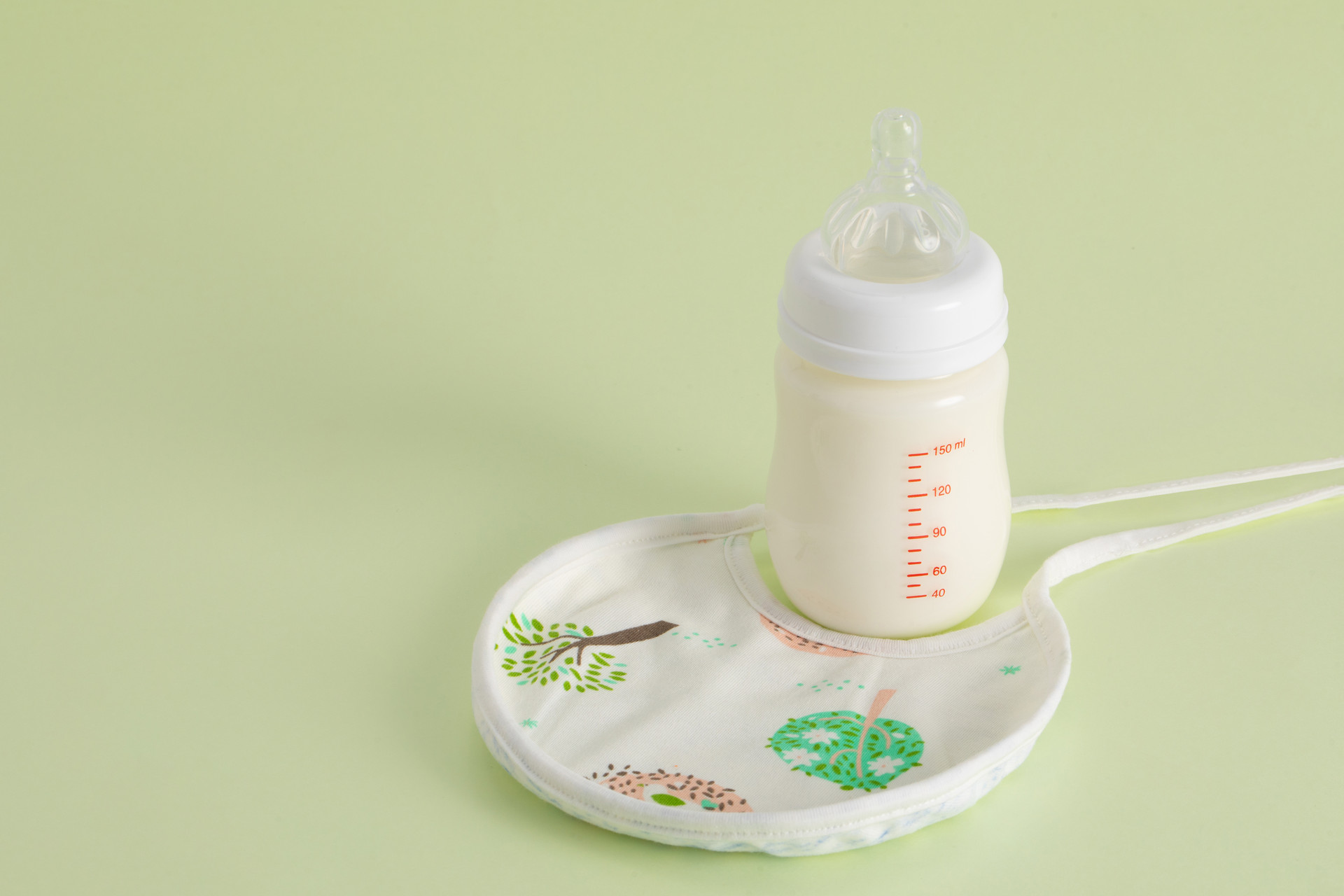The thoracic cavity mainly contains the heart and lungs, so the growth of chest circumference is closely related to physical development. Experts point out that parents should not overlook the chest circumference when paying attention to the baby's head circumference.
Generally speaking, the chest circumference of a child at birth is 1 to 2 centimeters smaller than the head circumference. From 12 to 21 months, the head circumference and chest circumference are equal, and after 21 months, the chest circumference exceeds the head circumference. The chest circumference is measured by wrapping a soft ruler around the nipple. For newborns, it is 32 centimeters, 44 centimeters at 6 months, 46 centimeters at 1 year, and 49 centimeters at 2 years.
In malnourished children, the development of chest muscles and fat is poor, and the time for the chest circumference to exceed the head circumference is later. Besides nutritional factors, this is also related to the lack of emphasis on crawling and chest exercises. If a child's chest has obvious indentation or protrusion, it should be checked as early as possible. Some diseases can cause chest deformities, such as rickets can cause pigeon chest or funnel chest, and some severe congenital heart diseases can cause protrusion of the left sternum.











